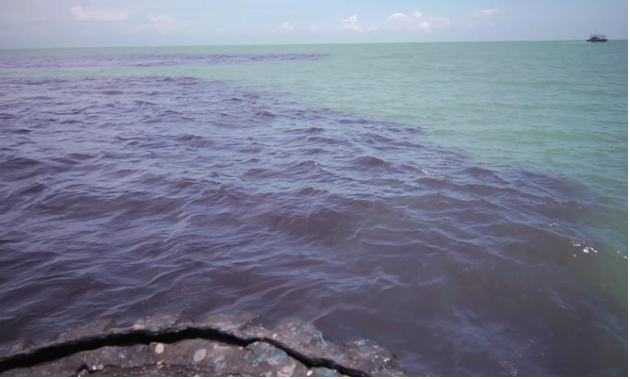Analysis of the Impact of Perchlorate: Thyroid Health and Water Environment
In recent years, there has been growing concern over perchlorate pollutants in society. In March 2022, the National Health Commission of the People's Republic of China released the "Standard for Drinking Water Quality" (GB 5749-2022). This document introduced perchlorate as a newly regulated parameter for the first time, establishing a standard limit of 70 μg/L. Testing has shown that some surface water sources have relatively high levels of perchlorate, indicating significant pollution in those areas. It is essential to investigate the sources of this pollution and take action to reduce the concentrations of perchlorate in the water.

Perchlorate pollution primarily results from human activities. The primary sources of this pollution include the use of perchlorate in rocket propellants, fireworks manufacturing, military munitions, demolition operations, and lubricant production, among others. These industrial activities release perchlorate through various channels, which creates a strong correlation between polluted areas and the layout of industrial sites. Additionally, fertilizers made from raw materials, such as nitrates sourced from Chile’s Atacama Desert, contribute to perchlorate contamination when applied in agriculture.
The primary danger of perchlorate stems from its interference with the normal functioning of the human thyroid gland. Because perchlorate has a similar charge and ionic radius to iodide ions, it competes with iodide for uptake into the thyroid gland. This competition disrupts the absorption of iodine, which can lead to iodine deficiency disorders and thyroid hypertrophy. Additionally, perchlorate dust may irritate the mucous membranes and eyes. When it enters the respiratory system or is absorbed into the body, perchlorate can induce respiratory distress, cause persistent coughing, and potentially lead to liver and kidney impairment.
Perchlorate detection can be performed using relatively simple analytical equipment, allowing for a rapid assessment of contamination levels. In soil environments, perchlorate primarily originates from two anthropogenic sources: landfill solid waste and legacy contamination. In the past, relevant enterprises did not have enough environmentally friendly awareness, and they directly discharged wastewater to lakes and rivers, which is the fundamental cause of perchlorate pollution.
Perchlorate’s high mobility, poor adsorbability, and exceptional chemical stability render it resistant to traditional remediation approaches such as chemical precipitation and physical adsorption. By far, domestic and international researchers have successfully developed multiple effective treatment technologies for perchlorate-contaminated wastewater, including ion exchange resin adsorption, chemical reduction, and biological reduction. In Hunan Province, several technical teams have developed and successfully demonstrated two industrialized perchlorate treatment processes in compliance with regulatory requirements: Targeted High-Efficiency Adsorption and Nano Zero-Valent Reduction. For wastewater generated by fireworks and related industries, an integrated mobile treatment system employing the “Pretreatment-Sand Filtration-Targeted Adsorption” process has been developed, achieving a large treatment capacity (50 t/d) and high removal efficiency (up to 99%). The treated water can be directly discharged or recycled. The nano zero-valent iron reduction process can effectively convert perchlorate into chloride ions under controlled conditions, achieving removal efficiencies of 50%-95%. Current research focuses on enhancing the technology’s stability for broader application.
To meet the pollution control requirements, relevant authorities are positively formulating the Industrial Wastewater Perchlorate Pollutant Discharge Standard. Preliminary discharge limits have been proposed, and the technical review has been completed. Control measures have been proposed for perchlorate-producing enterprises, as well as fireworks and fuse manufacturing enterprises, with the draft regulation soon to be released for public consultation. Once the discharge standard is formulated, enterprises which are affected by the latest standard may either construct dedicated wastewater treatment facilities or opt for centralised treatment by professional wastewater treatment providers. This approach will reduce perchlorate emissions at the origin and enhance water environmental safety.
